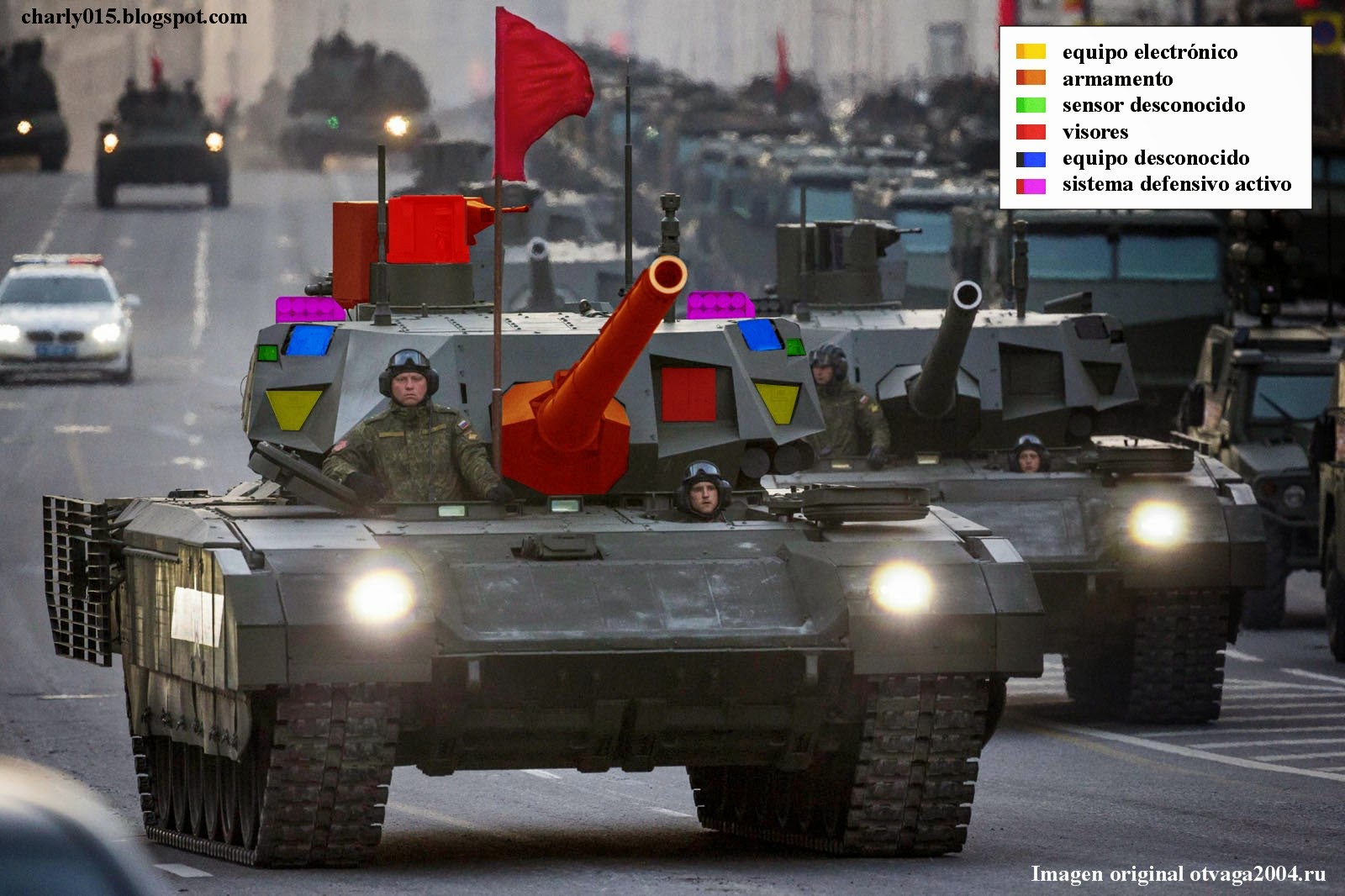Will Russia Field Robo-Soldiers in 5 Years?
Given the slow progress of US efforts in this field, fears of a Russian ‘Iron Man Army’ may be premature.
By
May 04, 2015
The Russian Armed Forces may receive mind-controlled dual-use exoskeletons within five years,
reported last week.
“I think that in about five years we will have the neural interface to control exoskeletons and prostheses through the electric potentials of the brain,” according to Aleksander Kulish, head of the medical equipment development and manufacturing department of Russia’s United Instrument Manufacturing Corporation (UIMC).
UIMC is a subsidiary of the Russian state corporation Rostec (formerly Russian Technologies) specialized in researching, designing and building military automated control and dual-use robotic systems among a host of other defense-related R&D tasks.
It is unclear whether UIMC is working on a full-body exoskeleton, or a partial suit just covering the lower-body frame. However, the exoskeleton would reportedly allow soldiers to carry loads of up to 300 kilogram of military equipment. Also, “[w]ith this a soldier can perform incredible jumps, move and throw heavy objects. This is the future,” Kulish stated.
“An exoskeleton is essentially a ‘wearable robot’, an external skeleton-like structure that follows the shape of the wearer’s body and partially encases it. It has joints and other mechanisms allowing it to repeat and strengthen the body’s natural movements,”
summarized Moscow’s new cutting edge technology.
Kulish also
that the current neuro interface allows the operator to control the robot suit through visual images: “For example, a person imagines a black square, and the [exoskeleton's] hand unclenches, and if they imagine a red square, it clenches.”
The most noteworthy bit of information supplied by Kulish is that UIMC is ready to launch the serial production of the new robot suits. He also noted that when the new technology will have undergone more refinement over the next couple of years, Russian soldiers could control many other instruments, including automobiles and drones, with their brain waves.
However, technological progress has been difficult to assess. For example, Russian-made exoskeletons developed in 2013 by the Institute of Mechanics of the Moscow State University sported protected ballistic shields, but otherwise
to be only in an early development stage.
Militaries across the world (including the
) have been experimenting with robotic suits for over 50 years now. For example, the United States has recently been experimenting with a robot suit – the “
- using textiles (nylon, polyester and spandex) woven together rather than bulky metal frames.
According to
, another U.S. suit – the Tactical Assault Light Operator Suit (TALOS) – will be operational by August 2018, however, many “significant challenged remain”, a senior U.S. Army officer
.
The biggest problem remains how to continuously supply power to an exoskeleton in a combat situation in order to avoid a malfunctioning of the suit. According to Peter W. Singer, a senior fellow at the New America Foundation, the three main challenges in fielding the TALOS suit will be “power, power and power.” A
contributor outlined the potential consequences should the exoskeleton run out of power:
When the exoskeleton dies, the actuators and elastic musculature will increase resistance against the operator’s movement. If a soldier uses the suit’s added strength to carry more equipment, then a dead suit forces the soldier to ditch this additional kit.
If the operator is strapped in, then it will take time to disengage from whatever fixtures hold them into the frame. That’s time when the operator is vulnerable. In a combat situation, getting stuck inside a inert robot could mean death.
Given the slow progress of U.S. efforts in this field, which according to public sources has dedicated substantially more resources into combat exoskeletons since the 1990s than Russia, UIMC’s announcement has to be taken with a grain of salt. As of now, it seems unlikely that Russia will be capable of mass-producing an army of robo-soldiers in the next five years.









